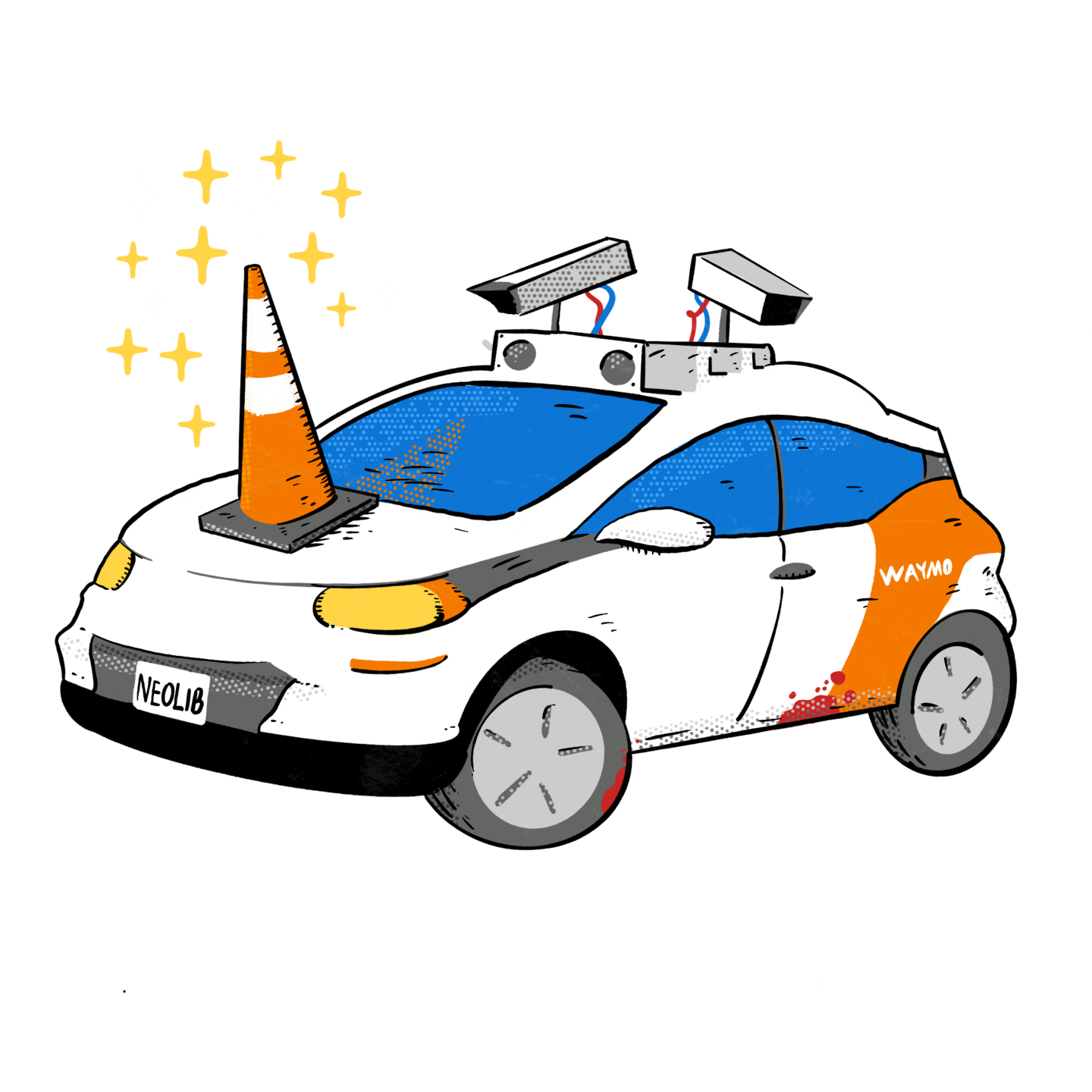
Interesting Engineering – Driverless cars to evolve traffic lights, white signal could be added
Editors note: well, this seems like an incredibly bad idea. Weren’t AVs supposed to be able to handle our existing infrastructure? And have they completely forgotten about the importance of pedestrians?
See original article by Bojan Stojkovski at Interesting Engineering
Researchers propose adding a fourth light, possibly white, to signal when there are sufficient autonomous vehicles on the road to guide traffic.
Driverless cars may lead to a major change in century-old traffic signal systems and the addition of white light is expected, according to researchers.
Henry Liu, a civil engineering professor at the University of Michigan and lead researcher, suggests that the implementation of a new traffic signal system might be closer than expected, AP reports.
University of Michigan researchers, led by Liu, have adopted a unique strategy. In a pilot program conducted in the Detroit suburb of Birmingham, they utilized speed and location data from General Motors vehicles to adjust the timing of traffic lights.
Scientists explore GPS-driven traffic control
With a recent US Department of Transportation grant secured under the bipartisan infrastructure law, the researchers are poised to test the real-time implementation of these modifications.
Even with just 6% of vehicles in Birmingham connected to the GM system, there is sufficient data to adjust traffic light timings and enhance traffic flow, Liu emphasized.
In Birmingham, like in more than half of the country, 34 traffic signals run on fixed schedules without cameras or sensors to monitor traffic. Although there are more advanced options, they require expensive and complicated infrastructure changes.
“The beauty of this is you don’t have to do anything to the infrastructure,” Liu said, adding that “the data is not coming from the infrastructure, but from the car companies.”
Danielle Deneau, traffic safety director at the Road Commission in Oakland County, Michigan, mentioned that even slight adjustments to green light timings in Birmingham reduced congestion. With upcoming grant-funded research, they plan to automate traffic lights at another location in the county, possibly leading to bigger improvements.
Adding a fourth light for autonomous vehicles
At North Carolina State University, a team led by Ali Hajbabaie, an associate engineering professor, is exploring a different approach. Instead of eliminating existing traffic signals, Hajbabaie proposes adding a fourth light, possibly white, to signal when there are sufficient autonomous vehicles on the road to guide traffic.
“When we get to the intersection, we stop if it’s red and we go if it’s green. But if the white light is active, you just follow the vehicle in front of you,” Hajbabaie, whose team utilized miniature model cars to prove the concept, explained.
While Hajbabaie’s research proposes a “white phase,” the specific color is not crucial, he pointed out. Existing lights could suffice, perhaps by adjusting them to flash red and green simultaneously to indicate autonomous vehicle control. The crucial aspect would be ensuring universal adoption, akin to current signal standards.
However, Hajbabaie acknowledged that implementing such an approach would be years away, as it would necessitate 40% to 50% of vehicles on the road to be self-driving in order to function effectively.
Sandy Karp, a spokesperson for autonomous driving company Waymo, told AP that the self-driving car subsidiary of Google’s parent company successfully launched a fully autonomous ride-sharing service in the cities of Los Angeles and Austin without the need for a fourth traffic light.
“While it is good at this early stage of AV development that people are thinking creatively about how to facilitate the safe deployment of safe AVs, policymakers and infrastructure owners should be careful about jumping too soon on AV-specific investments that may turn out to be premature or even unnecessary,” Karp said.
See original article by Bojan Stojkovski at Interesting Engineering
